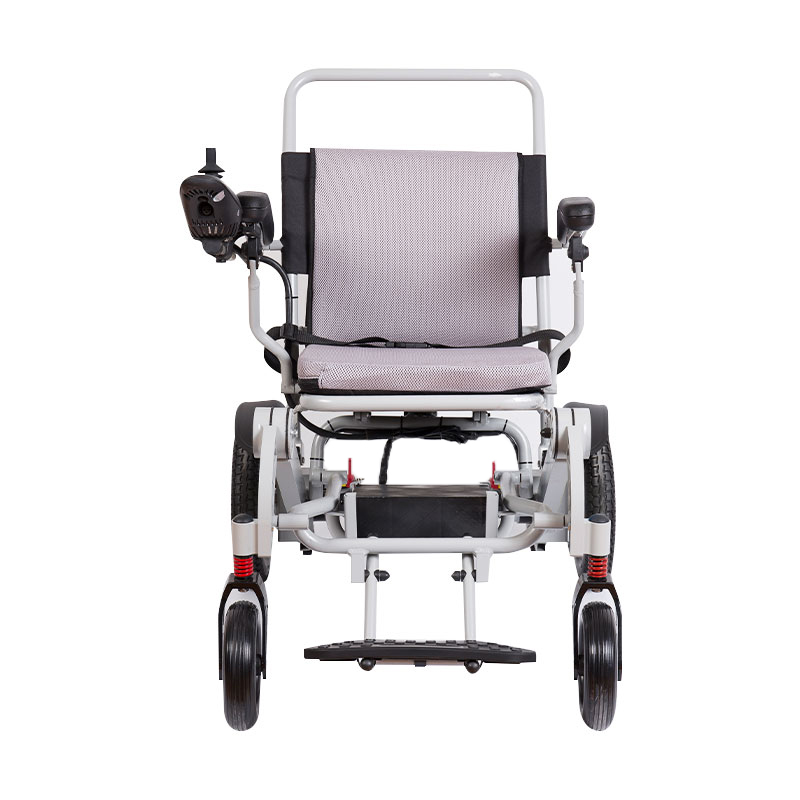How does the choice of aluminum alloy affect the manufacturing processes involved in the production of Aluminum alloy electric wheelchairs?
The choice of aluminum alloy for the production of an electric wheelchair can have a significant impact on the manufacturing processes involved, including machining, welding, and finishing. Here is a detailed explanation regarding each process:
Machining:
The choice of aluminum alloy can affect the ease and efficiency of machining processes. Different aluminum alloys have varying levels of hardness, strength, and machinability. For example, some alloys are more ductile and can be easily shaped and cut, while others are more brittle and can pose challenges during machining.
Additionally, the choice of alloy may influence the tooling requirements. Some alloys generate more heat during machining, requiring specialized cooling techniques or tool coatings to maintain optimal cutting conditions. Moreover, selecting an alloy with good chip control characteristics can help reduce disruptions during machining operations.

Welding:
Aluminum alloy electric wheelchairs often require welding to join different components or frames together. The selected alloy affects the welding process in terms of weldability and heat input requirements. Some alloys have low welding characteristics and can result in defects like cracking or poor fusion. Therefore, the choice of alloy with good weldability is crucial to ensure high-quality and structurally sound welds.
Different alloys also have varying thermal conductivity, which affects the heat distribution during welding. This influences the welding parameters and the welding speed, as well as the selection of appropriate welding techniques such as gas tungsten arc welding (GTAW) or metal inert gas (MIG) welding.
Finishing:
Finishing processes, including coating, painting, or anodizing, are essential for enhancing the aesthetics and corrosion resistance of aluminum alloy electric wheelchairs. The choice of alloy can impact the outcome of finishing processes. Some alloys may have better adhesion properties, allowing for a smoother and more durable finish. Moreover, certain alloys may be more prone to corrosion or oxidation, requiring additional protective coatings for long-term durability.
The surface finish of the alloy itself can also be affected by the choice of alloy. For instance, some alloys have a higher tendency to generate burrs or undesirable surface roughness during machining, which may require additional finishing operations like grinding or polishing to achieve the desired surface quality.


 English
English Deutsch
Deutsch







-3.jpg?imageView2/2/format/jp2)
.jpg?imageView2/2/format/jp2)






